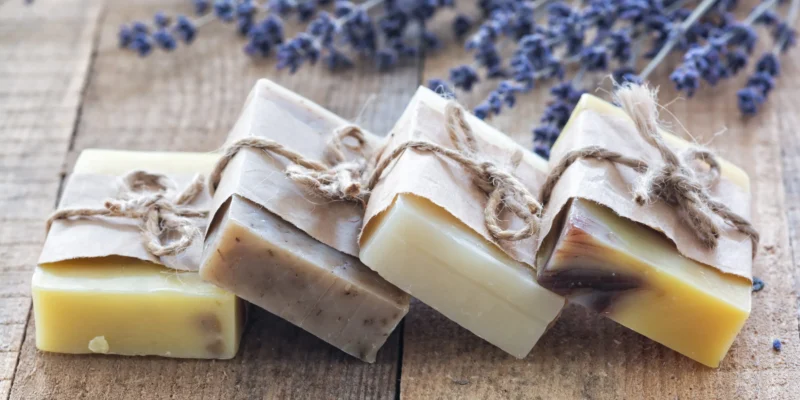Sustainable consumption has recently been steadily rising, with customers becoming increasingly conscious of their purchases and leaning towards more environmentally ethical brands.
With a shift of focus towards more eco-friendly buys and waste reduction, consumers and soap businesses are seeking alternatives to plastic and single-use packaging.
Whether you are an established soap-making business owner, a start-up entrepreneur, or simply someone looking to gift your homemade soaps, committing to sustainable practices comes with challenges.
Selecting the best alternative amongst many packaging options can be daunting. So read on to find the best sustainable soap packaging ideas for building a uniquely planet-conscious and environment-friendly brand.
Carton Soap Boxes
Using carton boxes for soap bar packaging does more than make the product look attractive. It can also protect against damage during the shipping process and retail display. In addition, a fully enclosed soap box keeps soap in much better condition than plastic wrap.
Your soap boxes don’t always have to be square-shaped. They can come in various innovative forms, such as gable boxes or pillow boxes. You can also have them embossed, debossed, and custom-printed, with a wide range of design and product labeling options, from simple text to elaborate graphics printed directly onto the package.
This is one of the more expensive packaging options, but you can also opt for a more affordable one using plain boxes with custom-printed labels or stickers placed on the carton to make the product stand out. If you want to ensure that your soap products stand out, it’s important to invest in high-quality packaging, and that’s where SupremeX comes in. Get to know SupremeX and their exceptional range of packaging options to elevate your soap brand.
Another unique customization on traditional enclosed soap boxes would be to add cutouts. These boxes are a way to showcase your soap products beautifully, as they have a die-cut section cut out from the box, creating a window through which you can have a peek of the soap inside.
Carton soap boxes are great for adhering to a zero-waste production process, as you can recycle them from post-consumption or scraps sent back to the suppliers for repurposing.
Fabric or Paper Wrapping
Wrapping soap in fabric or kraft paper is another eco-friendly packaging option. This way, the soap is still enclosed and protected, but a hint of its scent permeates for a blissful showcasing experience.
You can secure the packaging by folding the paper or fabric into the center of the soap bar and adding a sticker label over the top or by tying it using jute strings. You can also have the logo and product information printed on the fabric for customization.
Another take on fabric wrapping would be to use decorative burlap bags, which come in various sizes. These bags are excellent eco-friendly packaging, which you can wash and reuse frequently.
If you are particular about which fabric to use, choose breathable and natural fiber cloths such as cotton, wool, hemp, and other organic materials. You can also check with production partners if these plants are sustainably grown and if the materials are ethically sourced.
Use Compostable Mailers
It is essential to provide adequate padding and protection for your products, or they can get damaged in the shipping process and arrive in poor condition.
In addition, traditional mailers are made of synthetic materials that are hard to recycle and decompose, such as styrofoam and plastic. There are sustainable alternatives to these, however, which are just as effective and do not take away profitability.
Compostable mailers can derive from natural and nontoxic sources, such as cassava and wheat. In addition, due to green certification and cheap manufacturing, swapping to recycled cardboard and tape for packaging materials is also a great choice.










Comments